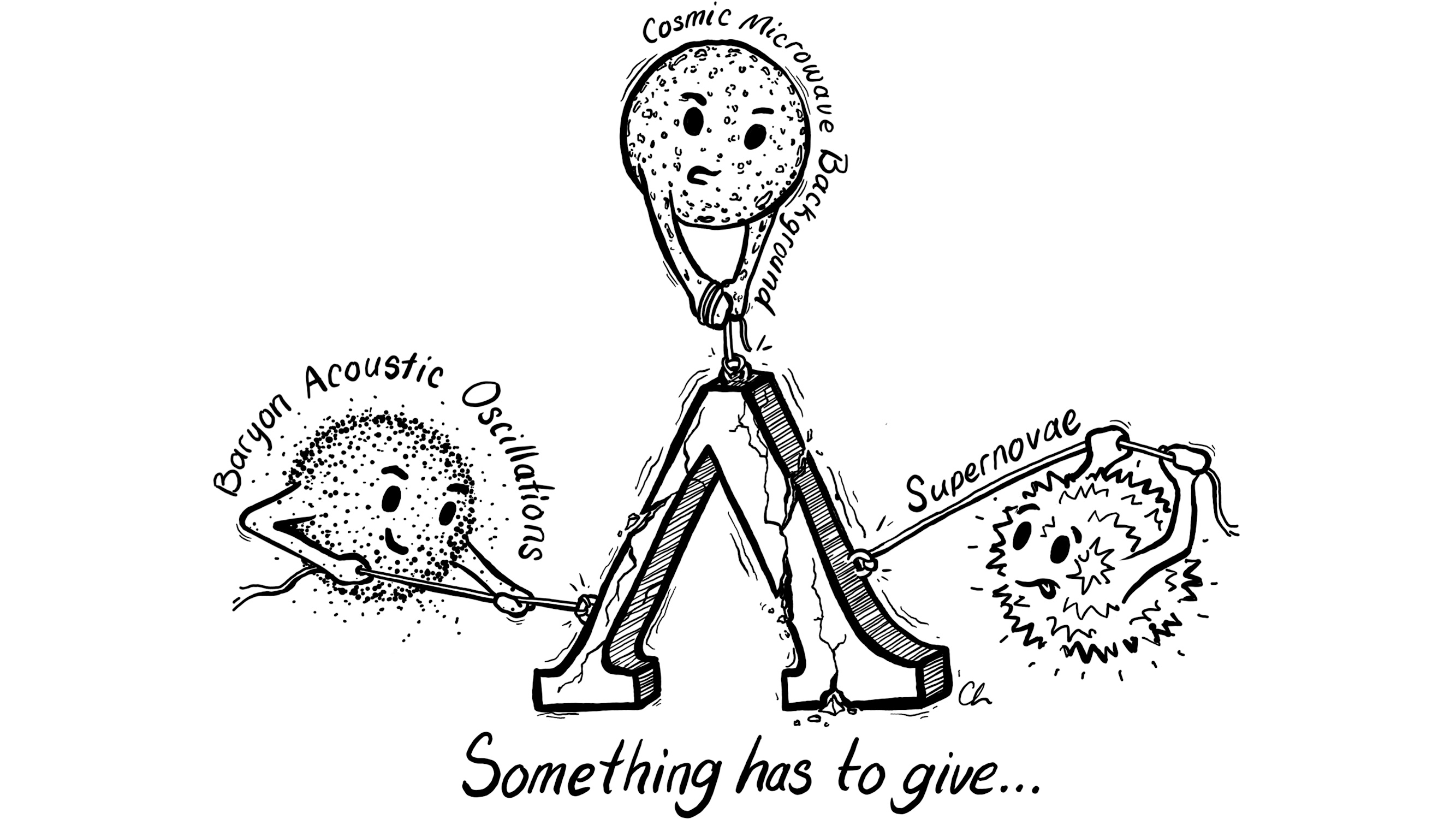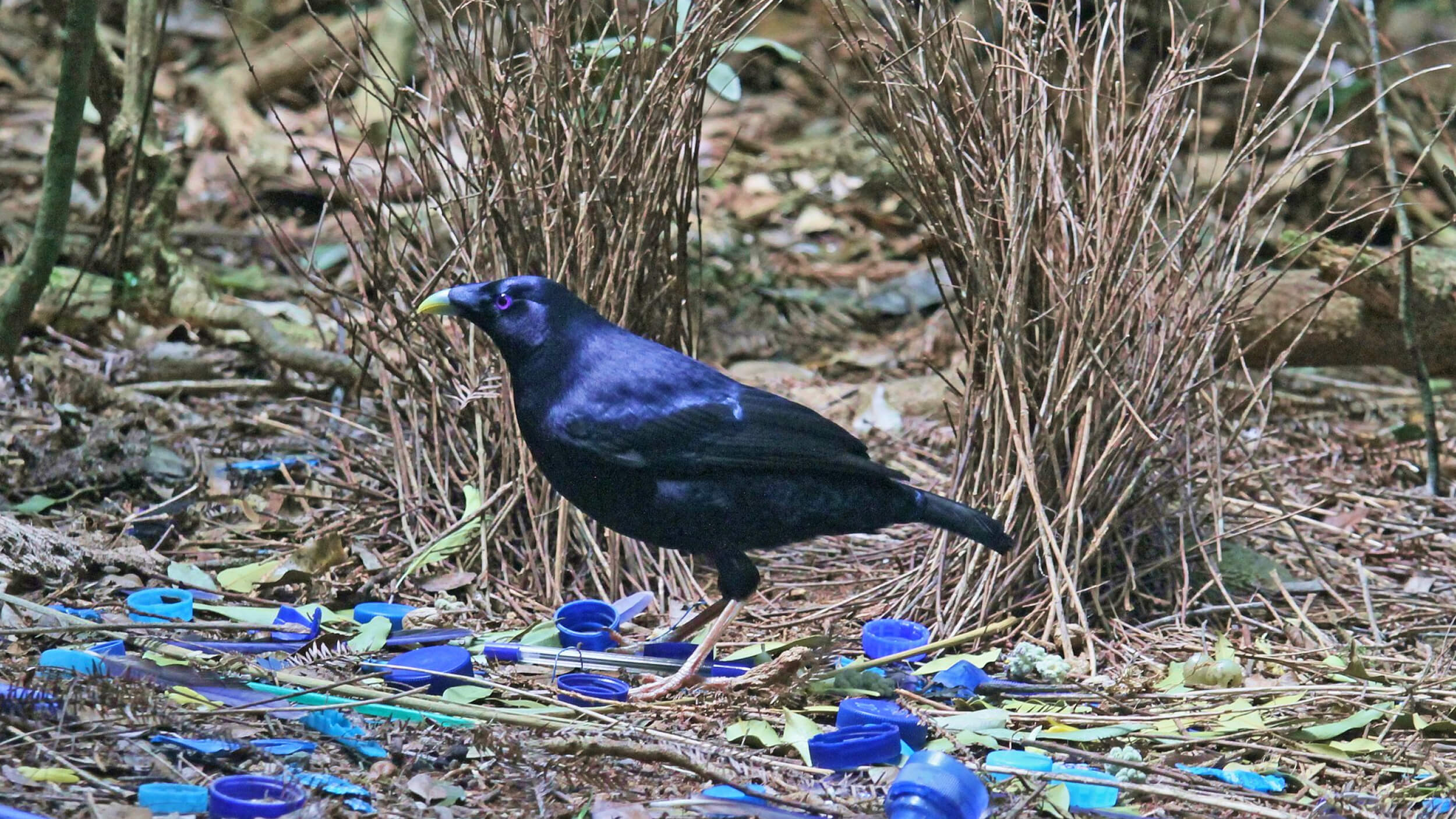Piercing the Surface: Thomas Merton’s Zen Photography

Near the end of his life, during a trip to Asia in 1968, Trappist monk, poet, theologian, and social activist Thomas Merton (shown below) came away from seeing ancient carved Buddhas deeply moved. “I don’t know what else remains,” Merton wrote, “but I have now seen and have pierced through the surface and have got beyond the shadow and the disguise.” Merton studied comparative theology not to reduce other faiths to some shadow of his own Christianity, but rather to synthesize them into some deeper, common belief that “pierced through the surface” to get “beyond the shadow and disguise.” Zen Buddhism struck a chord within Merton as achieving the same sense of interior wholeness that mystics such as Meister Eckhart and St. John of the Cross had in the Christian tradition. For Merton, a man deeply steeped in words, however, writing failed to convey the wordless qualities of Zen. A Hidden Wholeness: The Zen Photography of Thomas Merton, a new exhibition to mark the centennial of Merton’s birth, demonstrates how Merton found in photography the perfect medium for his Zen studies, not just to make images of Zen, but also to practice Zen itself.

For non-traditional Catholics and theologians, Merton remains a compelling figure, nearly half a century after his death. Merton’s 1948 bestselling autobiography The Seven Storey Mountain, considered by some one of the finest nonfiction books of the 20th century, inspired the ‘50s generation to consider the clergy, but later inspired the ‘60s generation (and all those that followed) to see religious faith as another aspect of the countercultural. Merton’s radical faith of action and outreach across political and denominational lines remains a fascinating example for study today, as shown by this exhibition designed by the Merton Legacy Trust and the Thomas Merton Center at Bellarmine University (www.merton.org).

As Paul M. Pearson explains in his catalog essay, “Thomas Merton: Photographer,” “Thomas Merton showed little interest in photography until the final years of his life. Then, from the late ’50s onwards Merton had contact with some eminent North American photographers beginning with Shirley Burden.” Remembering watching Burden work while collaborating on a photographic study of the Shakers, Merton said, “I don’t know anything about photography, but it fascinates me.” Merton’s fascination grew over the years. Pearson, director and archivist of the Thomas Merton Center at Bellarmine University, believes Merton gained regular access to a camera by September 1964. Author-photographer John Howard Griffin, famous for his 1961 book Black Like Me and whom Merton had met while working as a Civil Rights activist, loaned Merton a Canon FX. Merton enthused over the new possibilities of the camera, especially how it was “[r]eminding me of things I have overlooked, and cooperating in the creation of new worlds. So simply. This is a Zen camera.” When Griffin offered to develop Merton’s film for him, Griffin couldn’t understand Merton’s choices to have seemingly random images, such as Solitary Chair (shown above), developed. What Griffin failed to see, but Merton saw so clearly, was the Zen inherent in such images — the bare simplicity, the “everyday mind” of the Zen master that found the extraordinary in the ordinary we normally overlook.
In “Through A Glass Purely,” Deba P. Patnaik, a personal friend of Merton, sees this paradox of extraordinary in the ordinary not only in Merton himself and his pictures, but also in Merton’s choice of photography itself. Many comments by Merton about photography can appear to be “undercutting” or “sophistical,” Patnaik writes, but really praised photography’s ability to bridge paradox. “One could argue,” Patnaik continues, “knowing Merton’s paradoxical inclination, photography attracted him because it inheres paradox. It is the most fleeting and ephemeral among the arts — painting, graphics, and sculpture. Yet, it attempts to arrest time and space.” Momentary yet everlasting, unremarkable yet noteworthy, worthless yet invaluable — the subjects of Merton’s photographs simultaneously embrace and celebrate the subjects and the method of visually framing those subjects for contemplation. “In their lucidity, simplicity, and lack of self-projection,” Patnaik concludes, “they echo Merton’s remark on Zen: ‘If Zen has any preference it is for glass that is plain, has no color, and is “just glass.”’” In the sometimes dizzying world of stained glass reality, full of color and complexity, Merton looked through the camera’s lens and saw a world of black and white simplicity that balanced out all the paradoxes, transforming them from confusing to enlightening.

When you look at photography as a medium through Merton’s Zen lens, all photography begins to take on a Zen feel. Although Merton wasn’t an art historian and had few photographic influences beyond his circle of friends who worked as photographers, it’s almost too easy to see images such as Window in Side of Barn (image at top of post) or Barn Doors and Weeds (shown above) and not think of photographs by canonical cameramen such as Edward Weston and Walker Evans. Suddenly, their simple objects shown in new contexts feel like Zen lessons. In Barn Doors and Weeds, for example, Merton might be riffing on Zen ideas of the “gateless gate” (in which there is no outside or inside, which are only illusory distinctions) as well as “the weeds of thinking” (which we first “weed” from our consciousness and then use to “fertilize” future Zen practice). Of course, to layer words (as I just did) onto Merton’s Zen photographs would be to miss the point entirely. The photographs, like Zen reality, speak for themselves.

There are no selfies in A Hidden Wholeness: The Zen Photography of Thomas Merton, but (paradox, again) they are all selfies. Each image, even Bark (shown above), shows the person Merton searched for that existed all around him all along, hiding in plain sight right under his nose as extraordinary and ordinary as tree bark. They are selfies not just of Merton, but also of everyone who views these pictorial paradoxes. “The thing about Zen is that it pushes contradictions to their ultimate limit where one has to choose between madness and innocence,” Merton wrote in the “Postface” to his 1968 book, Zen and the Birds of Appetite. Fearing then that “we may be driving toward one or the other on a cosmic scale,” Merton suggested, “It might be good to open our eyes and see.” The Zen photographs of Merton in A Hidden Wholeness offer eye-openers to our generation choosing “between madness and innocence” with an innocent vision of a world beyond our imagination, but right before our eyes the whole time.
[Images: Photographs by Thomas Merton. Used with permission of the Merton Legacy Trust and the Thomas Merton Center at Bellarmine University (www.merton.org). Photograph of Thomas Merton in study via Wikipedia.]
[Many thanks to the Merton Legacy Trust and the Thomas Merton Center at Bellarmine University for providing me with the images above and other press materials related to the exhibition A Hidden Wholeness: The Zen Photography of Thomas Merton, currently at the Villanova University Art Gallery, Villanova, PA, until September 24, 2015.]
[Please follow me on Twitter (@BobDPictureThis) and Facebook (Art Blog By Bob) for more art news and views.]




